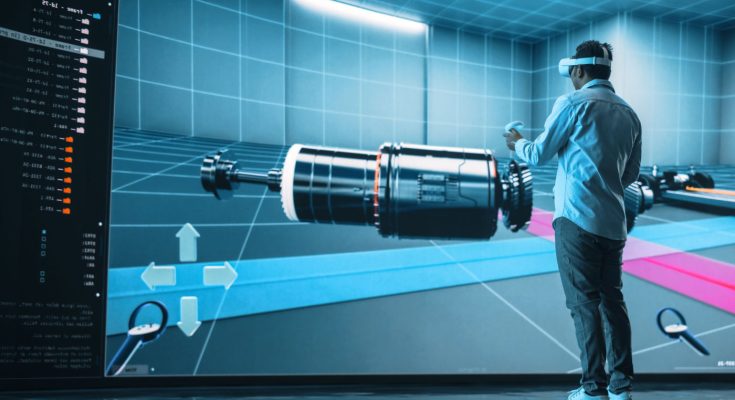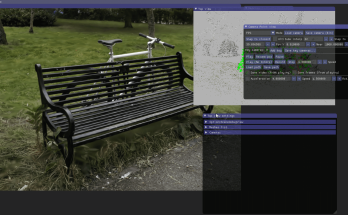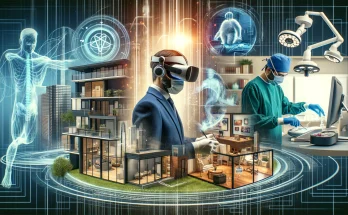Virtual reality (VR) technology is branching out beyond entertainment and gaming, positioning itself as a significant tool in promoting environmental sustainability. As the world grapples with climate change and ecological degradation, VR offers innovative ways to reduce carbon footprints, educate the public about environmental conservation, and enhance activism. This article explores how VR is being leveraged to address these critical issues and the potential it holds for future sustainability efforts.
Carbon Footprint Reduction: Minimizing Travel and Material Use
One of the most immediate benefits of VR in the context of environmental sustainability is its ability to significantly reduce the need for travel. VR meetings and conferences can eliminate the carbon emissions associated with transportation to physical events, ranging from local commutes to international flights. For instance, global companies can conduct virtual meetings using VR, allowing them to maintain operational efficiency and team collaboration without the environmental cost of frequent air travel.
Moreover, VR can diminish the need for physical materials in various industries. For example, in training and education, VR can simulate complex equipment and scenarios, reducing the need for physical resources that would otherwise be manufactured, used, and disposed of. This application is especially relevant in fields like medical training or automotive engineering, where hands-on experience is crucial but traditionally resource-intensive.
Educational Applications: Simulating Environmental Scenarios
VR’s immersive nature makes it an excellent tool for education, particularly in illustrating complex environmental processes that might be difficult to grasp through traditional means. Educational programs using VR can transport students to virtual forests, oceans, or even urban settings to show the impacts of human activities on these environments. This immersive experience can be a powerful way to educate people about ecological conservation, demonstrating, for instance, the effects of deforestation or ocean pollution in real-time.
Several initiatives have already shown success in this area. Environmental organizations use VR to simulate the experience of standing in a melting glacier or witnessing wildlife affected by habitat destruction. These vivid, emotional experiences can foster a deeper understanding and a stronger emotional connection to environmental issues than traditional educational materials.
Awareness and Activism: Inspiring Action Through Immersive Experiences
Beyond education, VR is also being used as a tool for environmental activism. By creating immersive experiences that vividly illustrate the challenges and the urgent need for action, VR can motivate people to engage with environmental causes more actively. For example, virtual reality experiences that show the potential future landscapes based on current climate trajectories can serve as a powerful call to action, making the abstract threats of climate change more immediate and real.
Organizations like Greenpeace have adopted VR to create impactful campaigns where participants can experience the devastating effects of environmental negligence firsthand, thereby enhancing public engagement and encouraging proactive behaviors like conservation, recycling, and advocacy for policy changes.
Technological Innovations: Enhancing Sustainability Efforts
As VR technology continues to advance, its potential to support environmental sustainability grows. Innovations in VR hardware and software are making these systems more energy-efficient and accessible. For example, newer VR devices are being designed with longer-lasting, rechargeable batteries and more efficient processing capabilities, which help reduce electrical consumption.
Furthermore, the development of better content creation tools for VR is enabling more creators to build compelling environmental simulations and educational programs, broadening the scope and impact of VR-based sustainability efforts.
Virtual reality offers a promising new frontier in the fight for environmental sustainability. By reducing carbon footprints associated with travel and material usage, enhancing educational applications, and fostering greater awareness and activism, VR has the potential to play a crucial role in global environmental efforts. As technology progresses, it will be imperative for developers, educators, and environmentalists to collaborate, ensuring that VR continues to evolve as a tool for positive change, helping to secure a more sustainable future for all.








